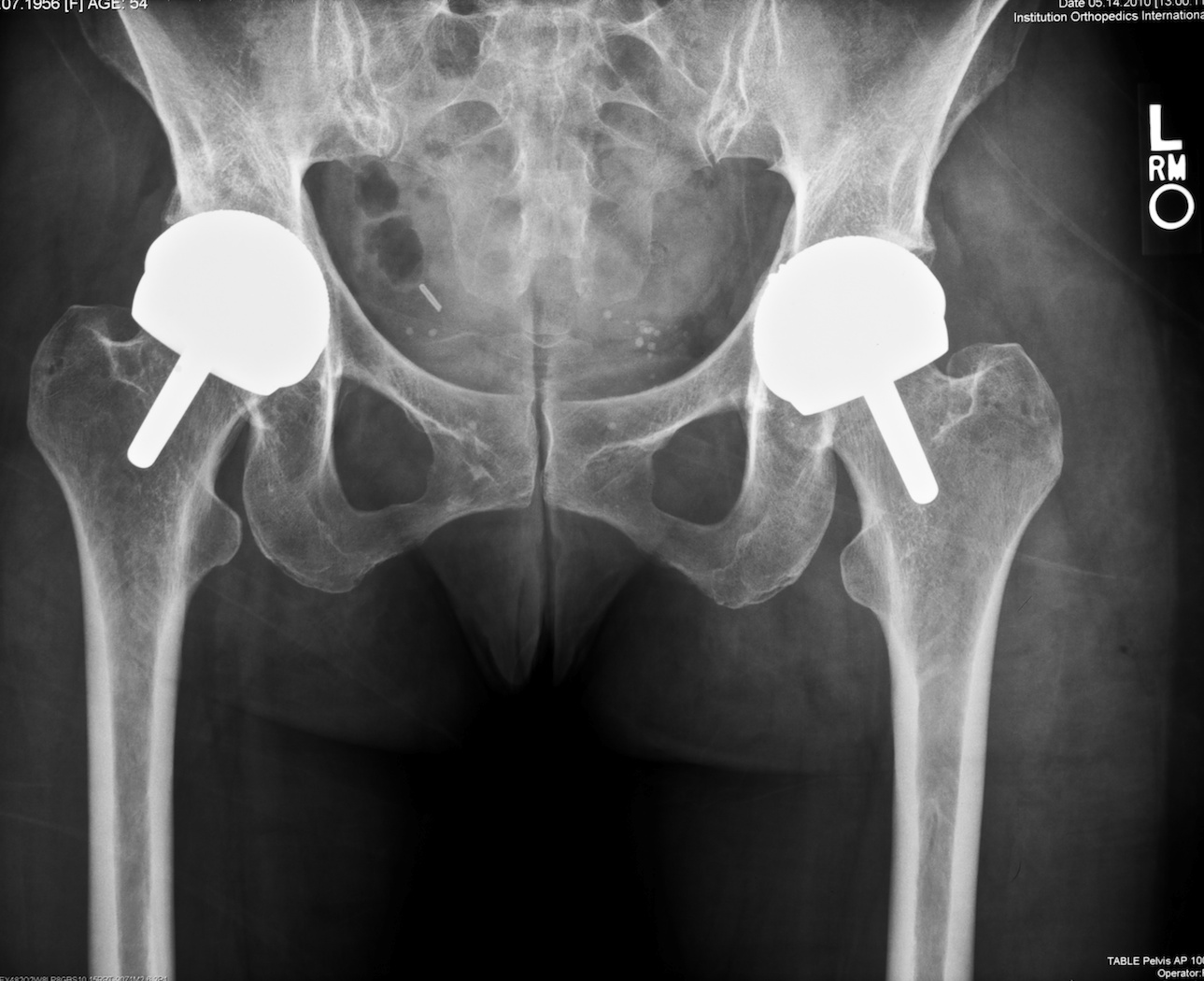

Hip arthroplasty metallosis pseudotumour revision surgery. The risk of pseudotumor is 0.1 to 0.3 percent. Briefly, the term encompasses the gross observation of inflammation, deposition of metallic debris, and soft-tissue necrosis resulting from metal wear at the taper junction of a prosthesis 4. Complete surgical removal of the tumour is the only effective method of treatment. Metallosis is a well-described phenomenon in the total hip arthroplasty (THA) literature, with an incidence of 1-3 per year 1, 2, 3. In con-clusion, any suspicion of a pseudotumour requires extensive and accurate evaluation, excluding general surgical causes. On the basis of intraoperative changes, the pseudotumour was diagnosed as metallosis based. The pathological tissue was removed surgically through an incision in the groin area. 1 Metallosis has been known to occur when metallic components in medical implants, specifically joint replacements, abrade against one another. After exclusion of gastrointestinal pathology, the patient was referred to the department of trauma and orthopaedic surgery, where a new x-ray of the hip, ultrasound and CT scan were performed and loosening of the prosthesis was ruled out. Also called total hip arthroplasty, hip replacement surgery might be an option if hip pain interferes. This artificial joint (prosthesis) helps reduce pain and improve function.

Cobalt toxicity has been known to follow some arthroplasties since the 1970s 19. A CT scan and ultrasound showed an unrecognised heterogeneous fluid area raising suspicions of a rumour mass or an old haematoma. During hip replacement, a surgeon removes the damaged sections of the hip joint and replaces them with parts usually constructed of metal, ceramic and very hard plastic. There are reports of metallosis following MoM hip implant failure, but little is known about the specific impacts of chromium and cobalt metallosis from these implants. Medical history included total arthroplasty and repeat arthroplasty of the left hip joint, hysterectomy, appendectomy and a laparoscopic fundoplasty. This article discusses the case of a 61-year-old patient who reported pressure and pain as well as a palpable subcutaneous lump in the left lower abdomen and groin area.

This pathological process contributes to the loosening and dislocation of the prosthesis. Symptoms of Vision Loss Caused by Metal Poisoning If you have had any of these symptoms in one or both eyes, your hip implant may be the cause: Blind spots Blurred vision General loss of vision General discomfort (ex. Metallosis is a complication of hip arthroplasty. Your risk of metallosis is especially high if your implant has fractured or requires revision surgery.


 0 kommentar(er)
0 kommentar(er)
